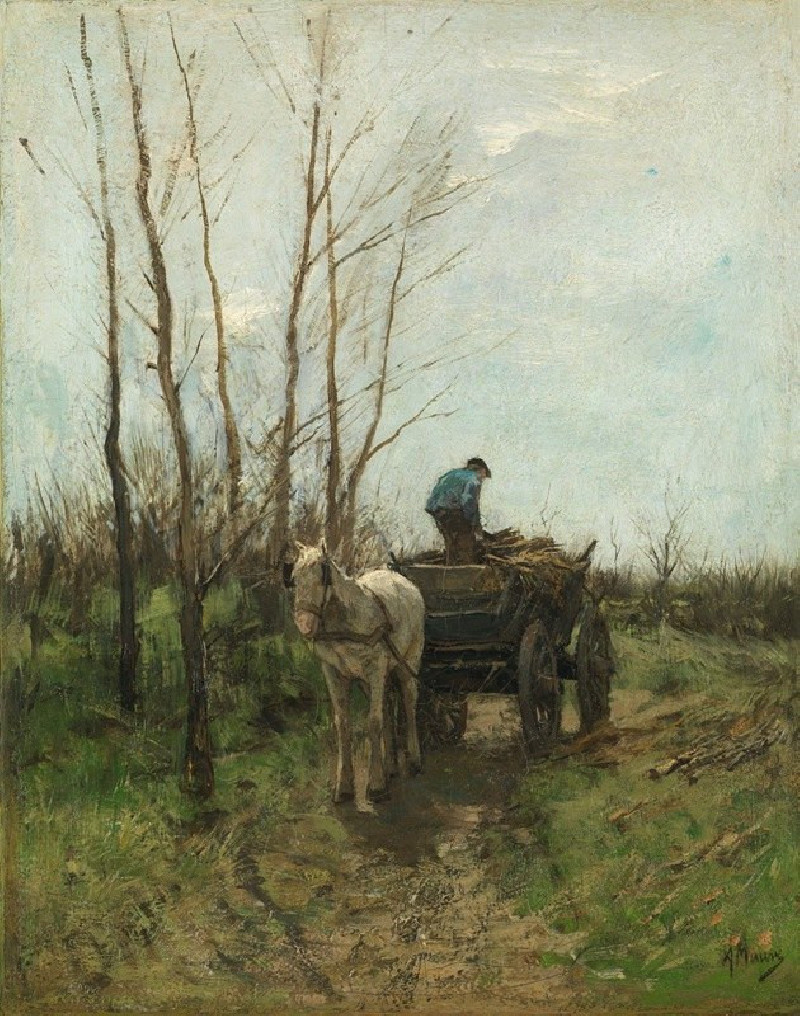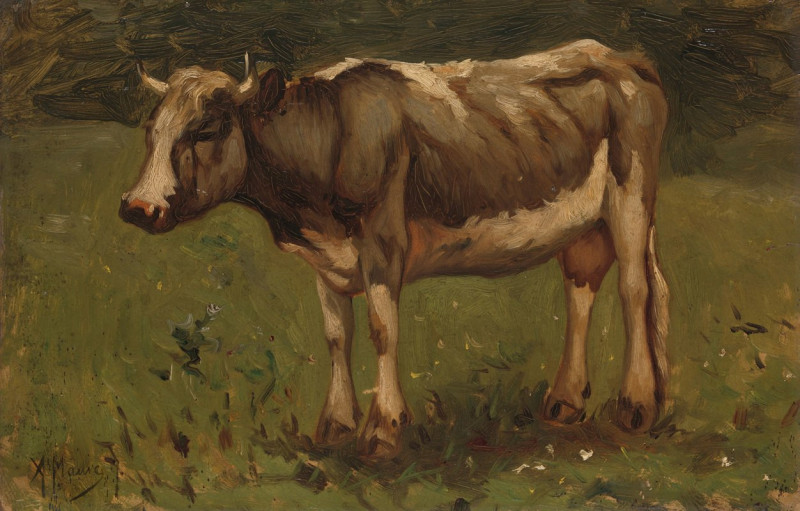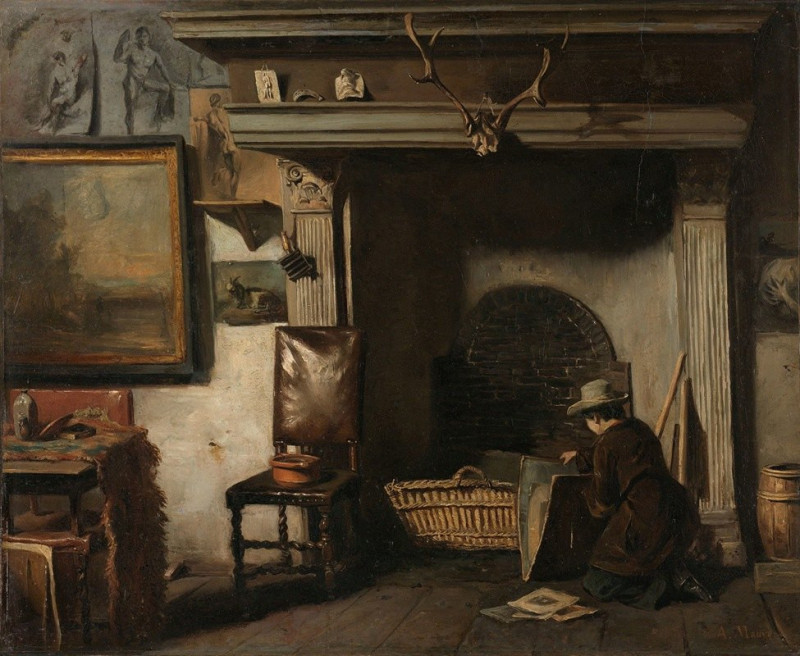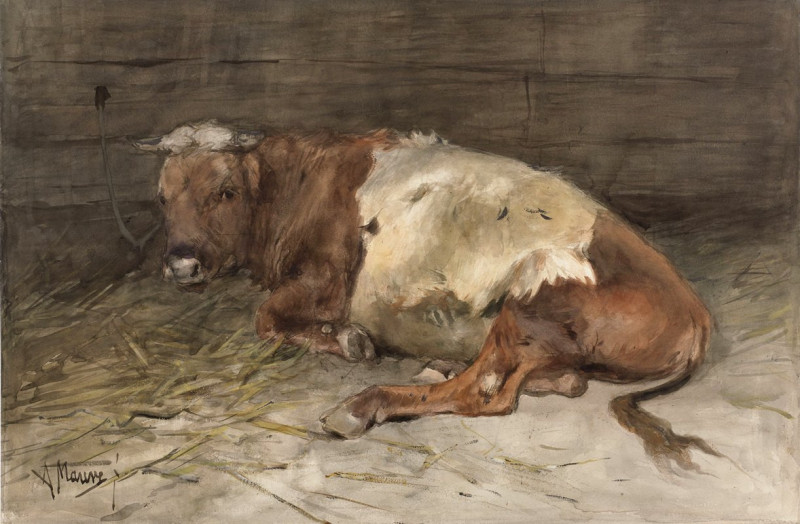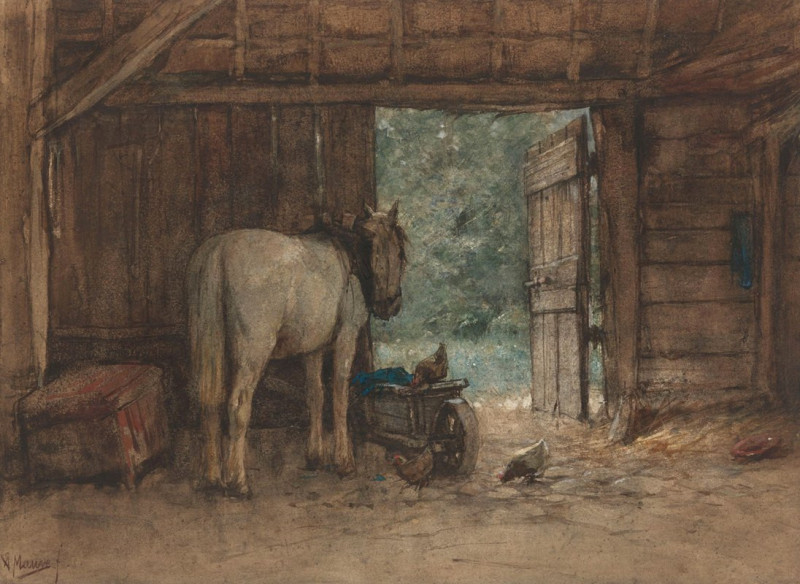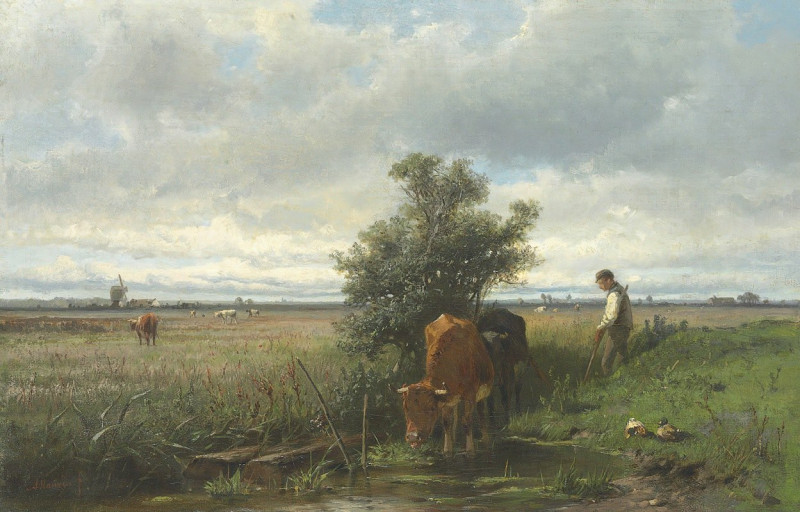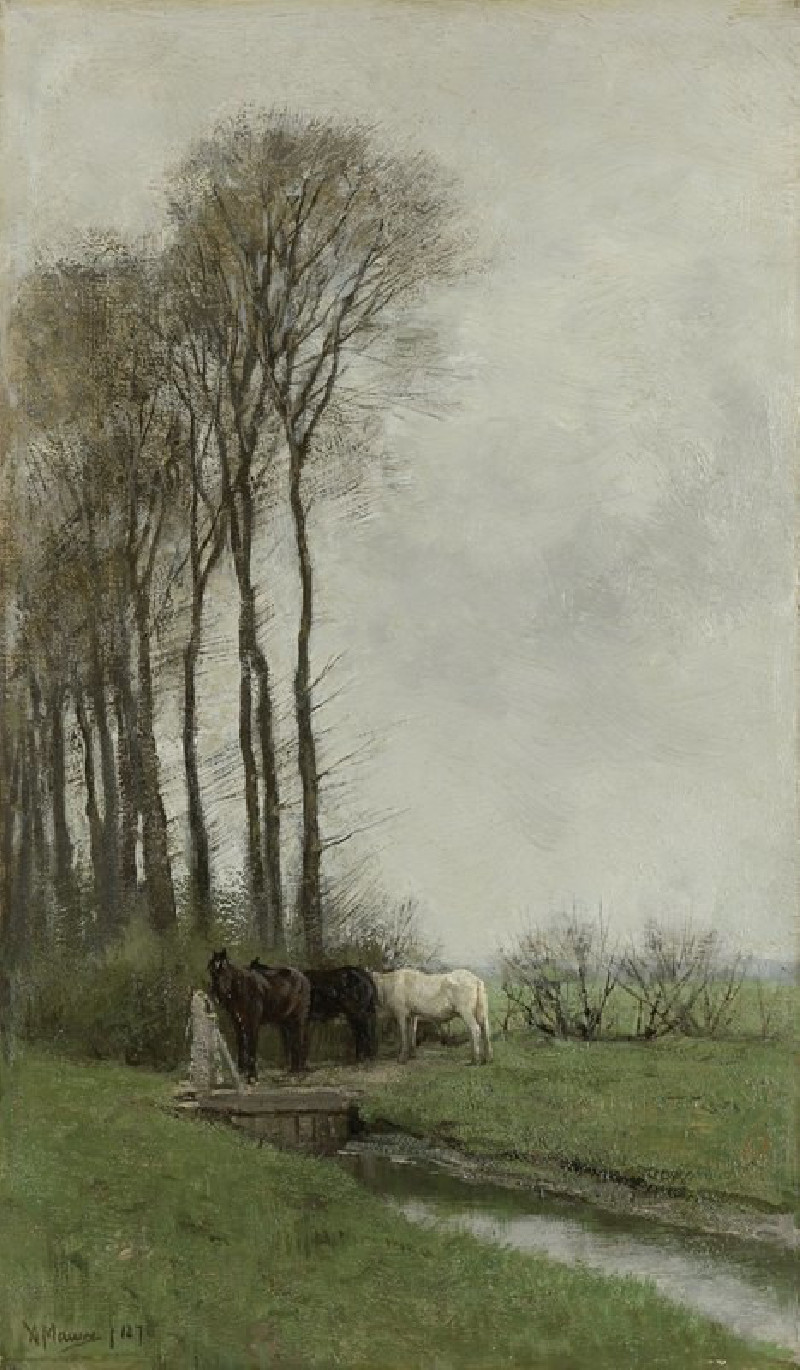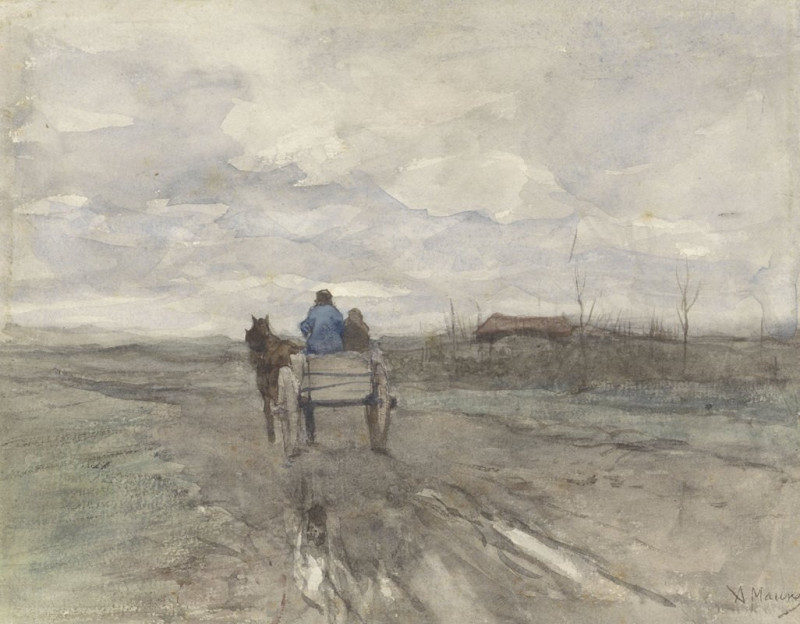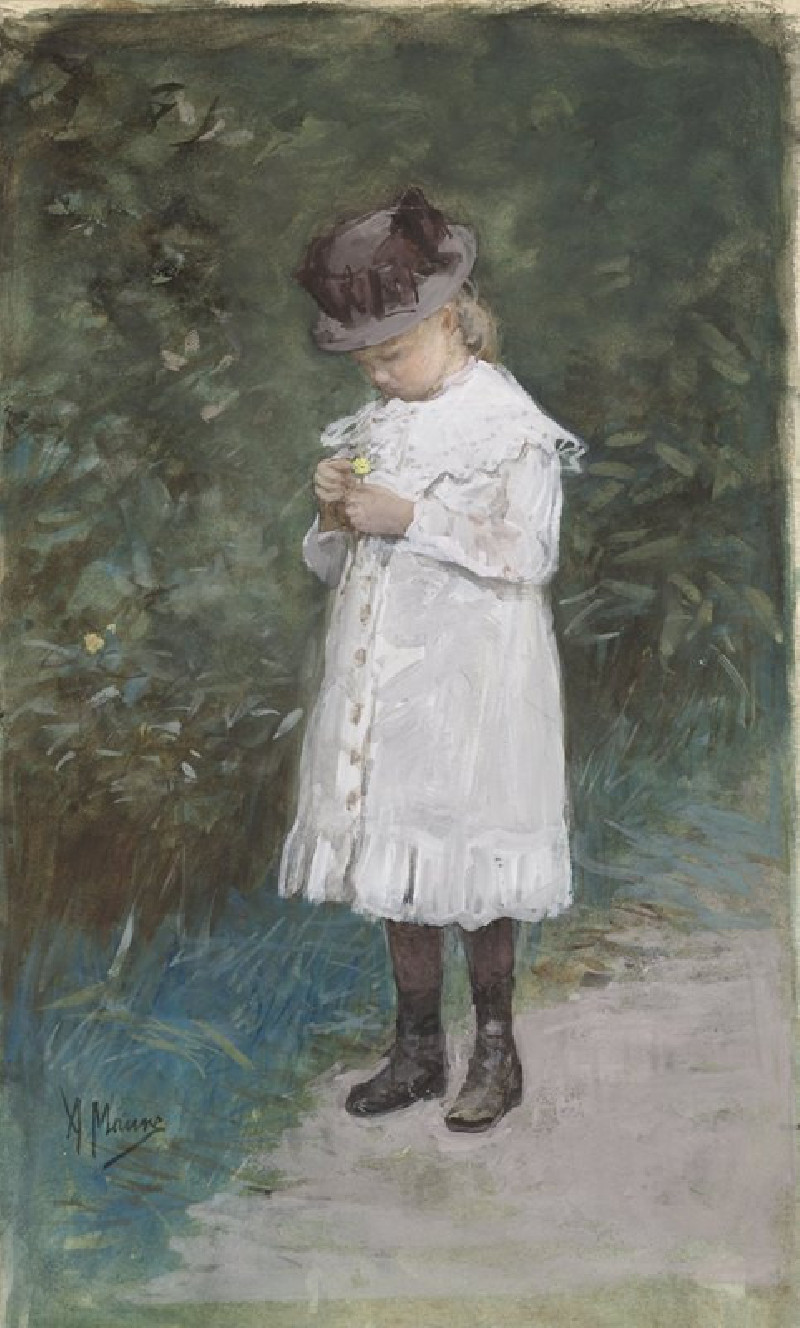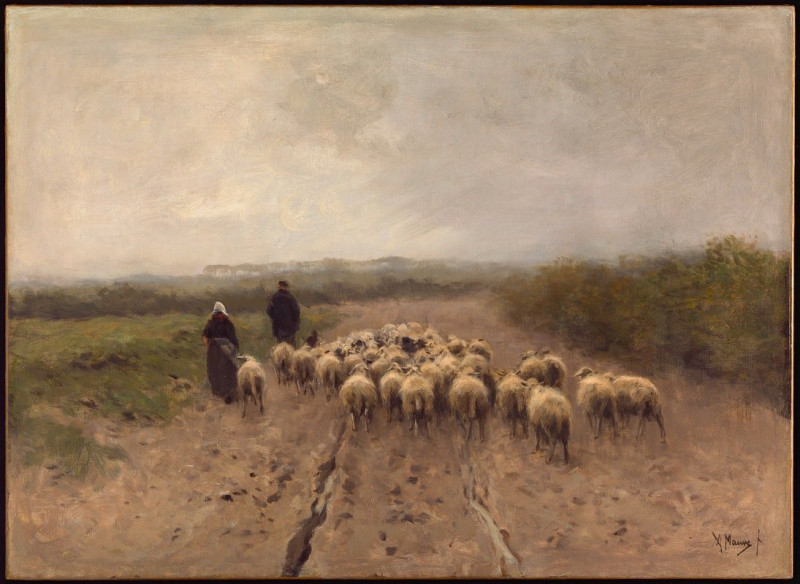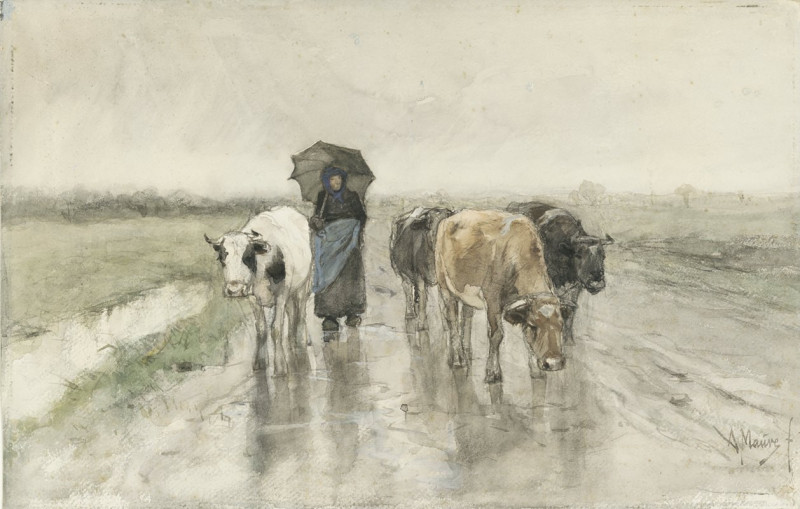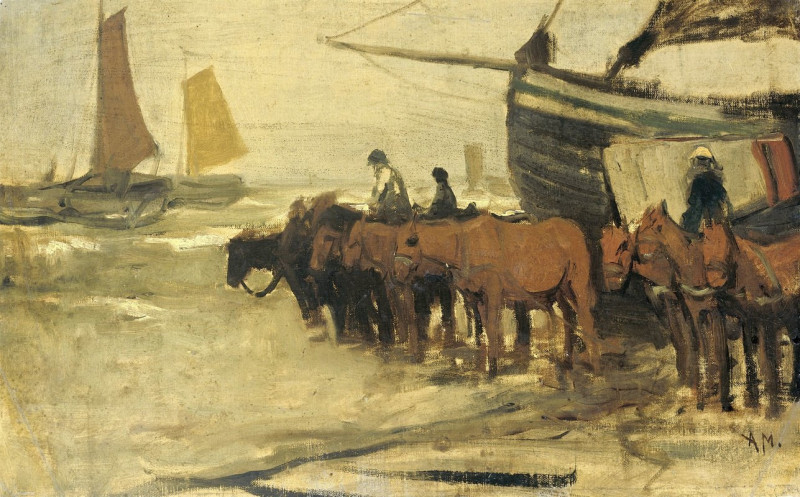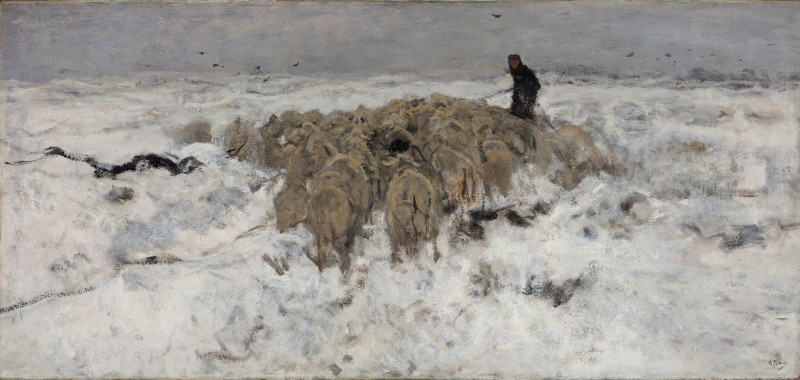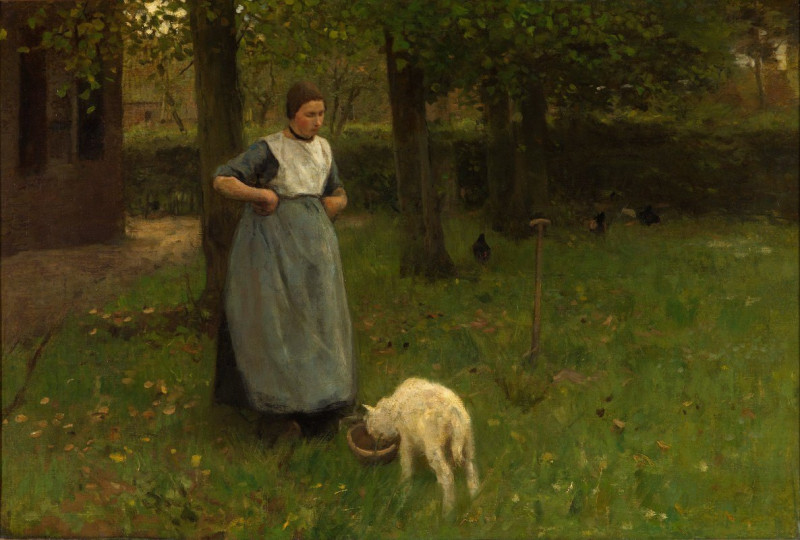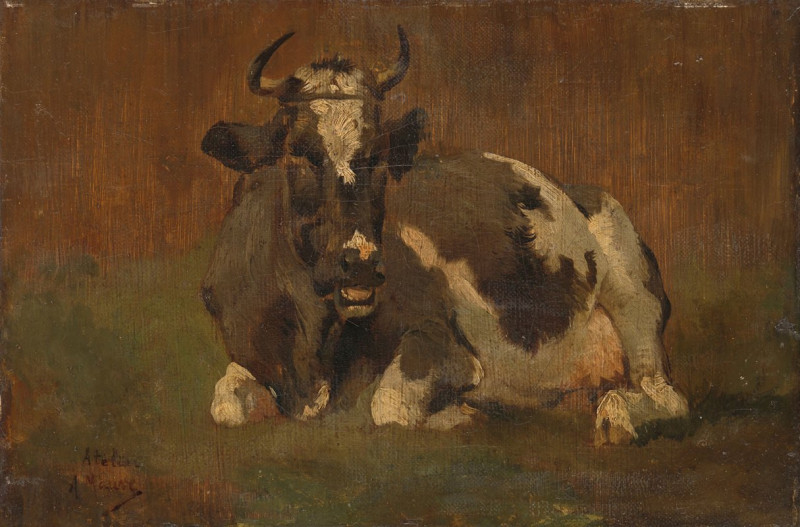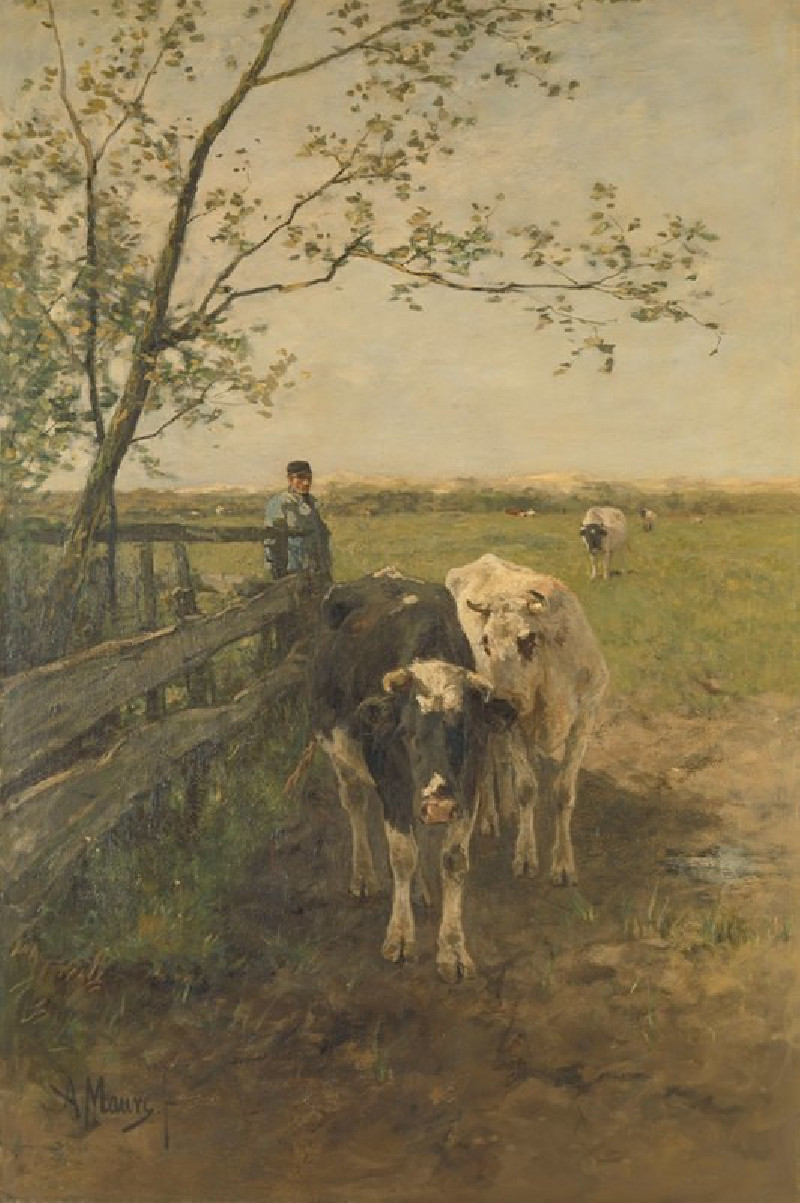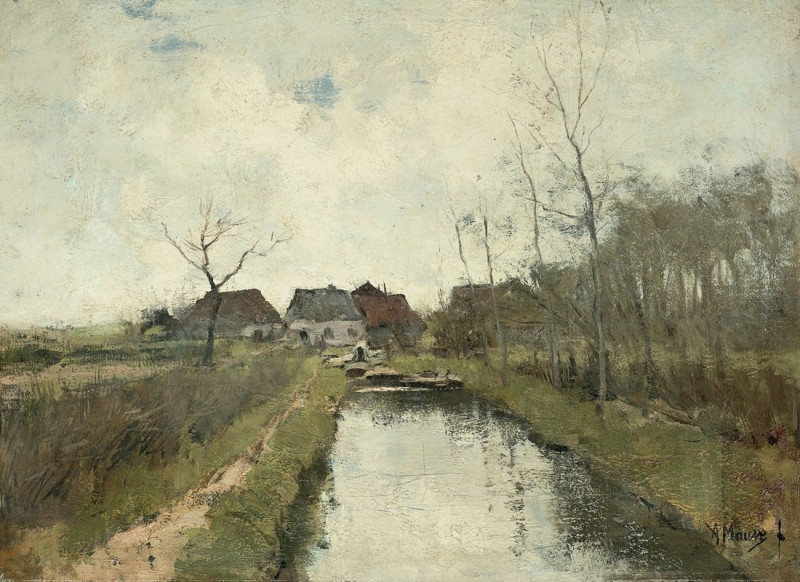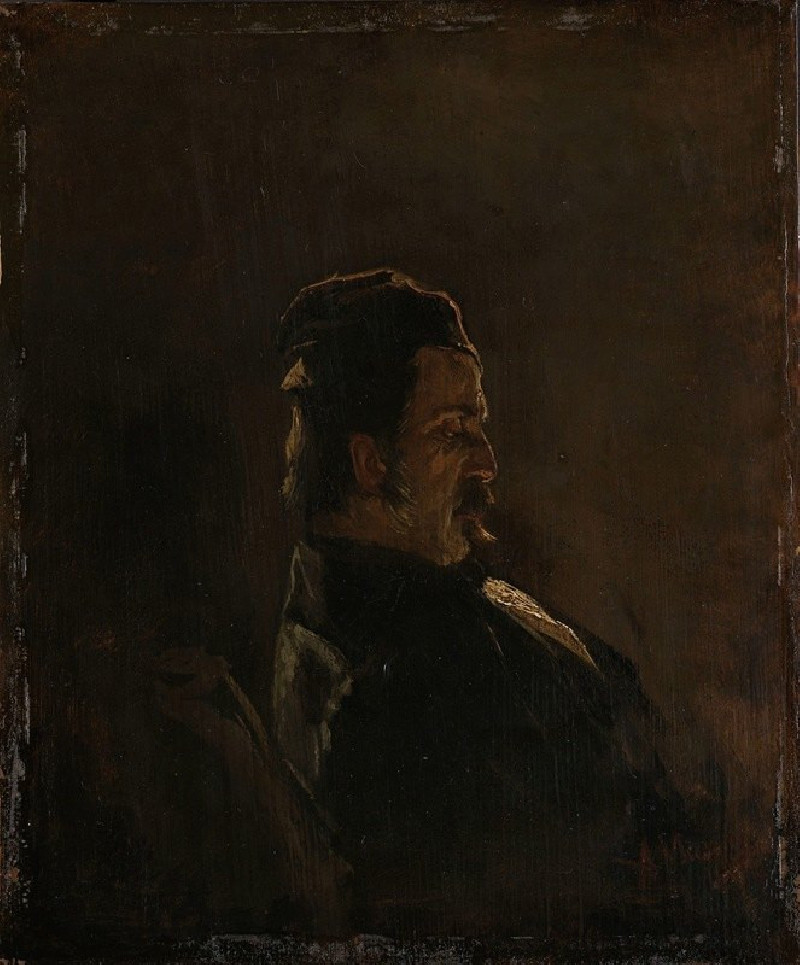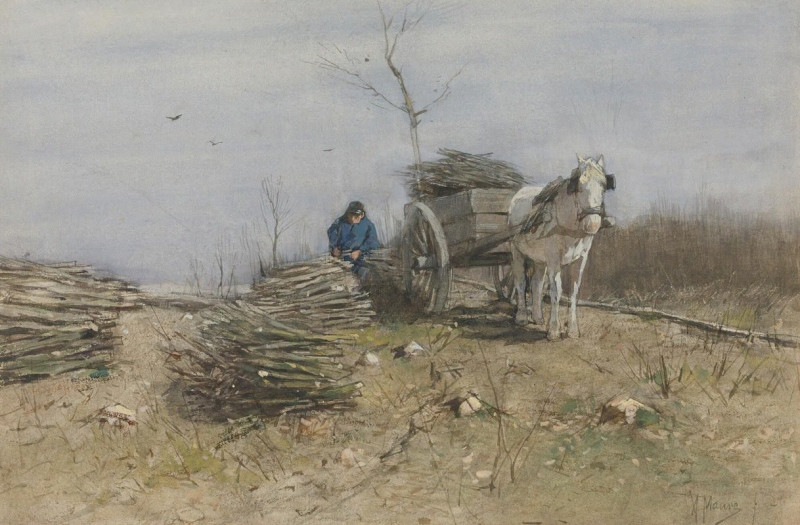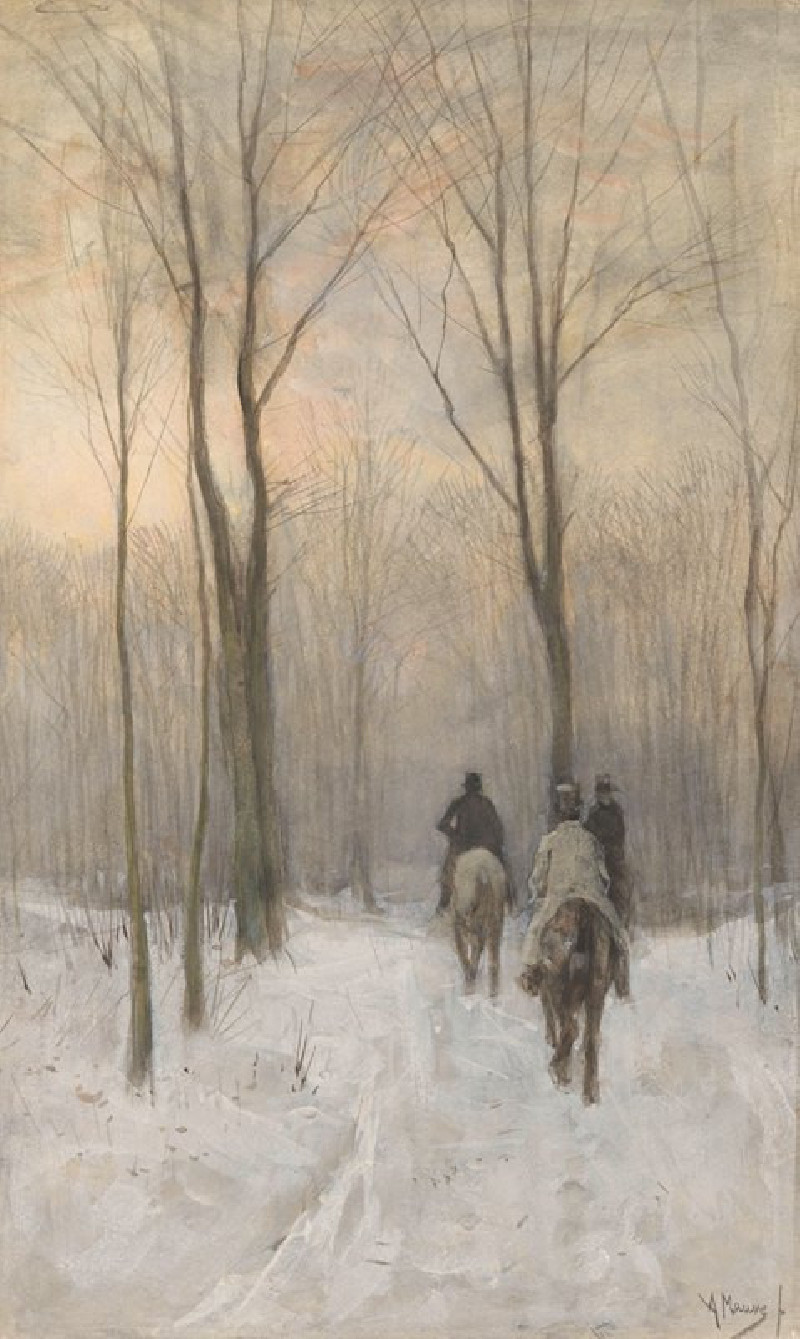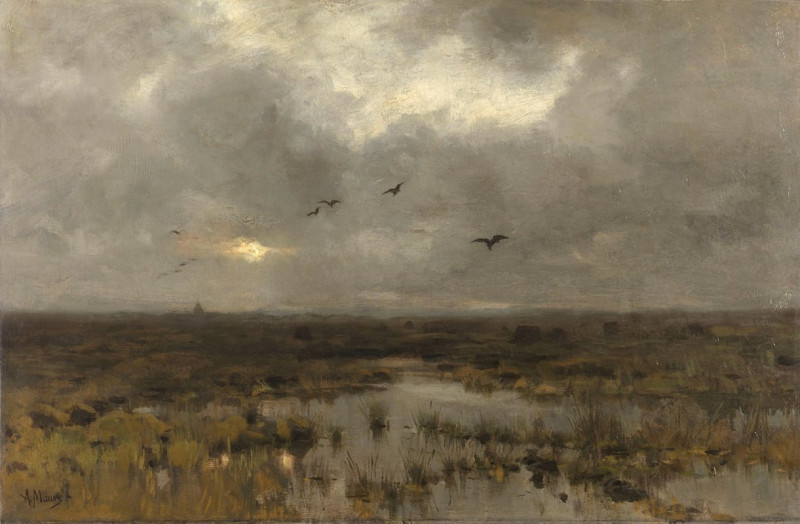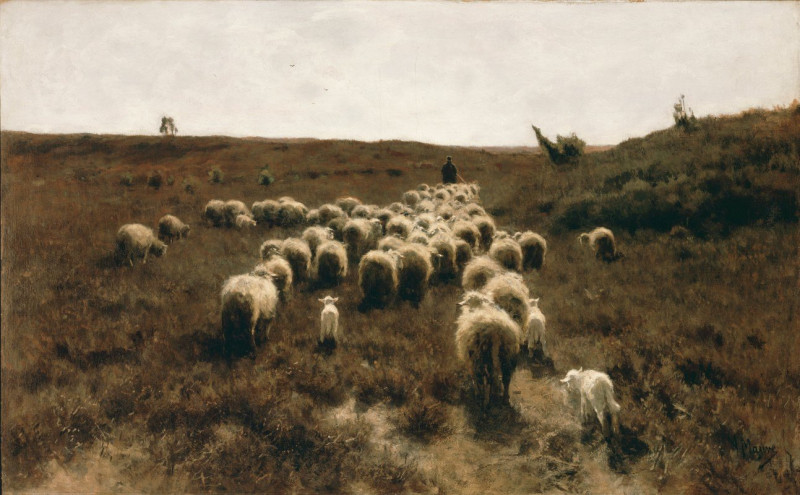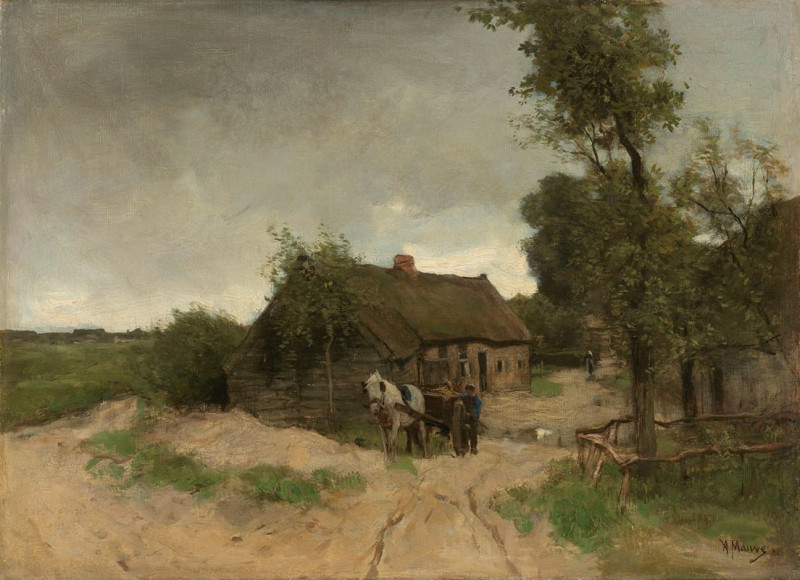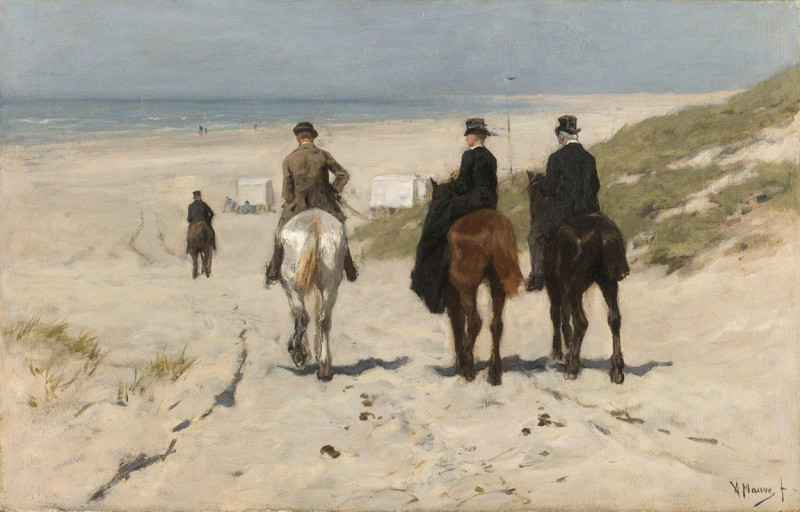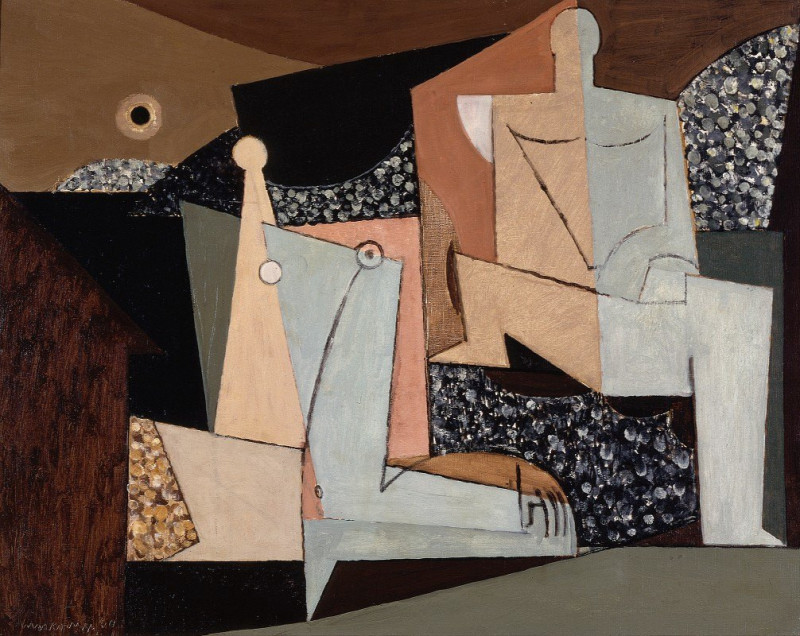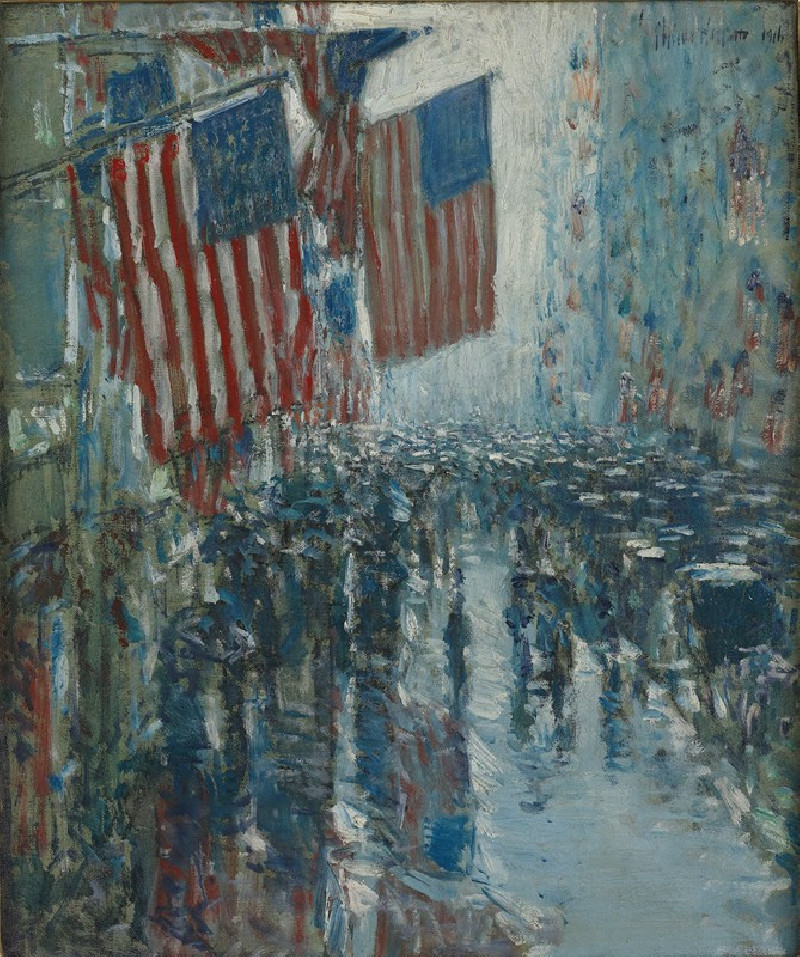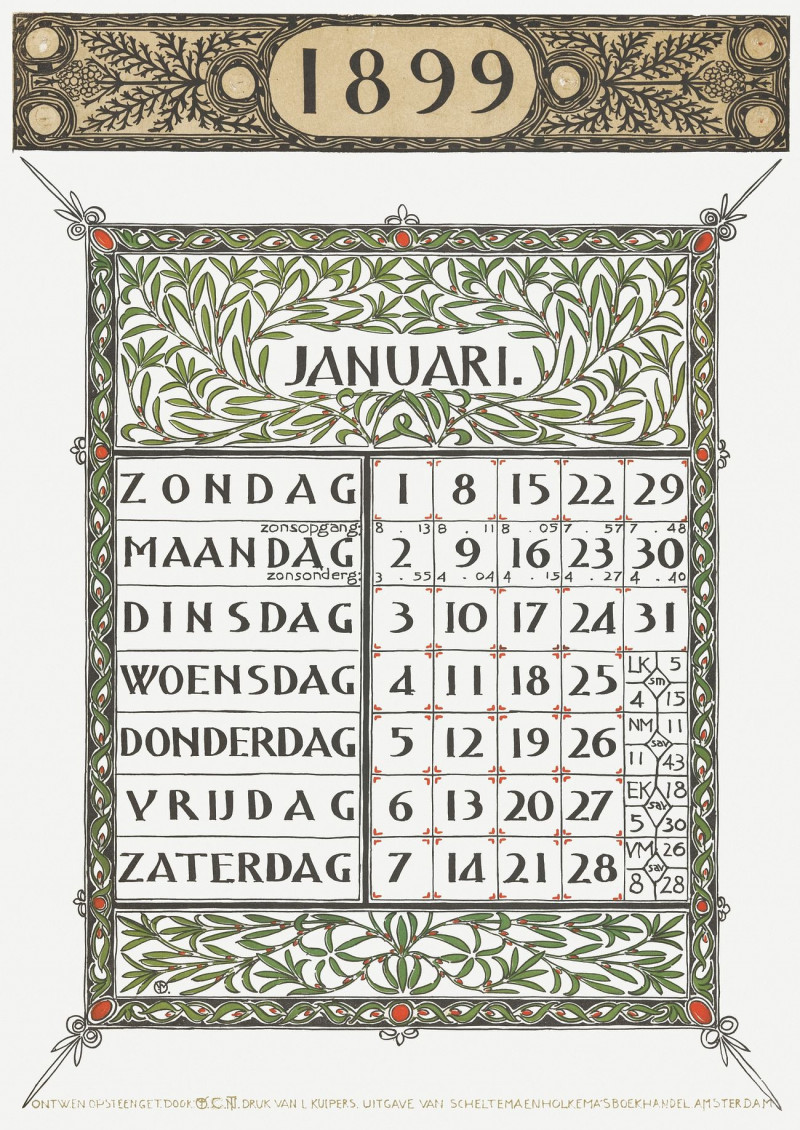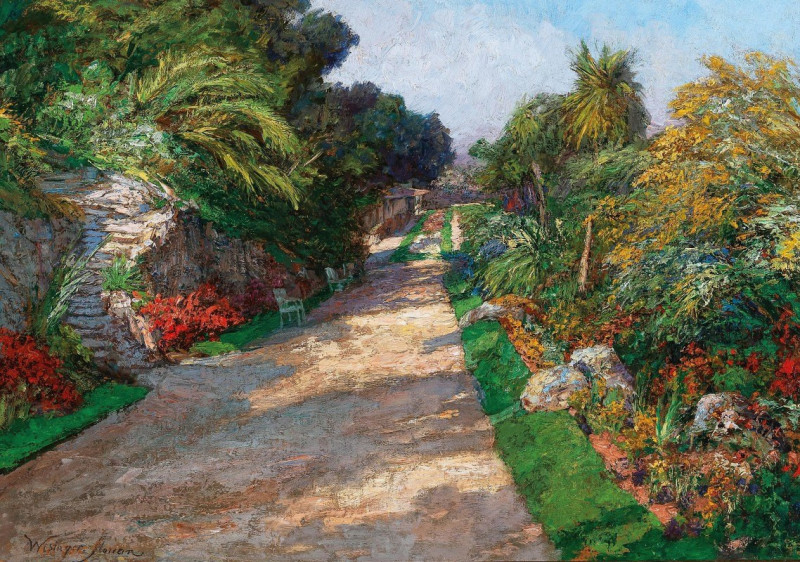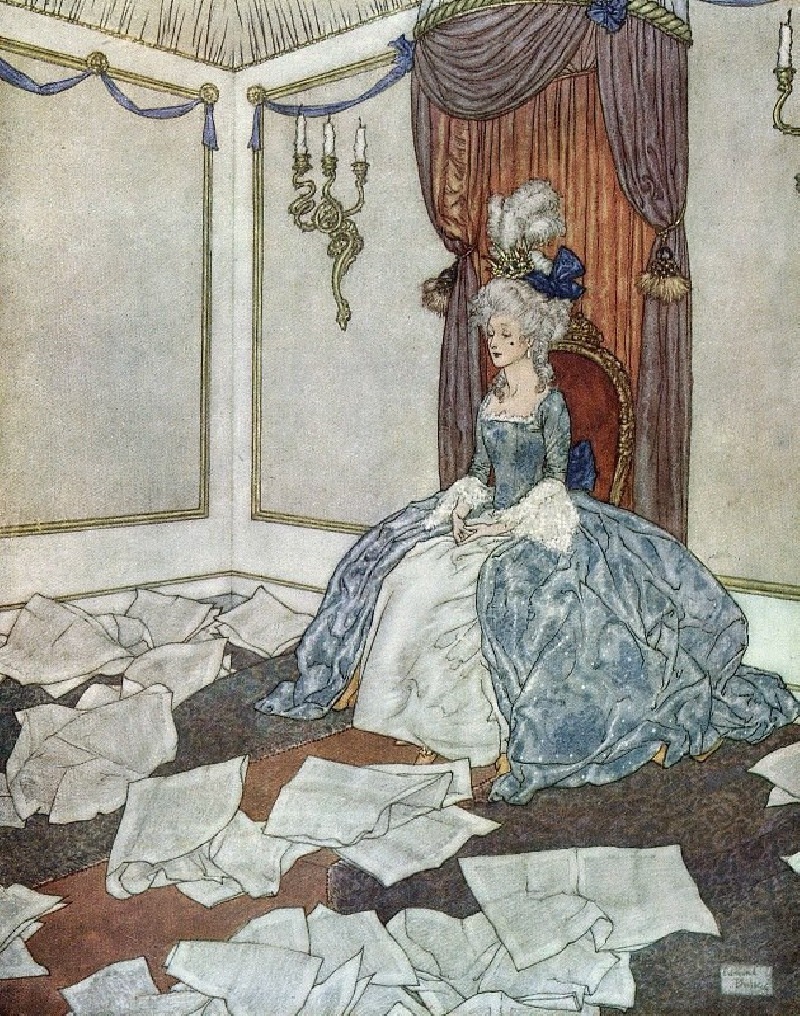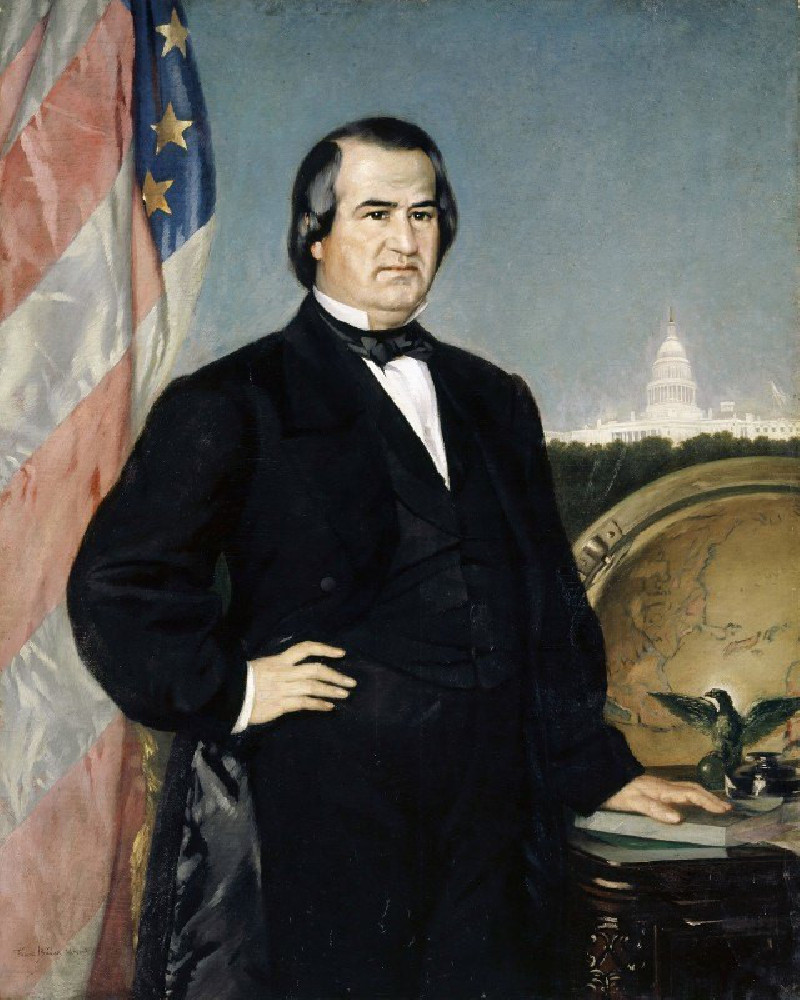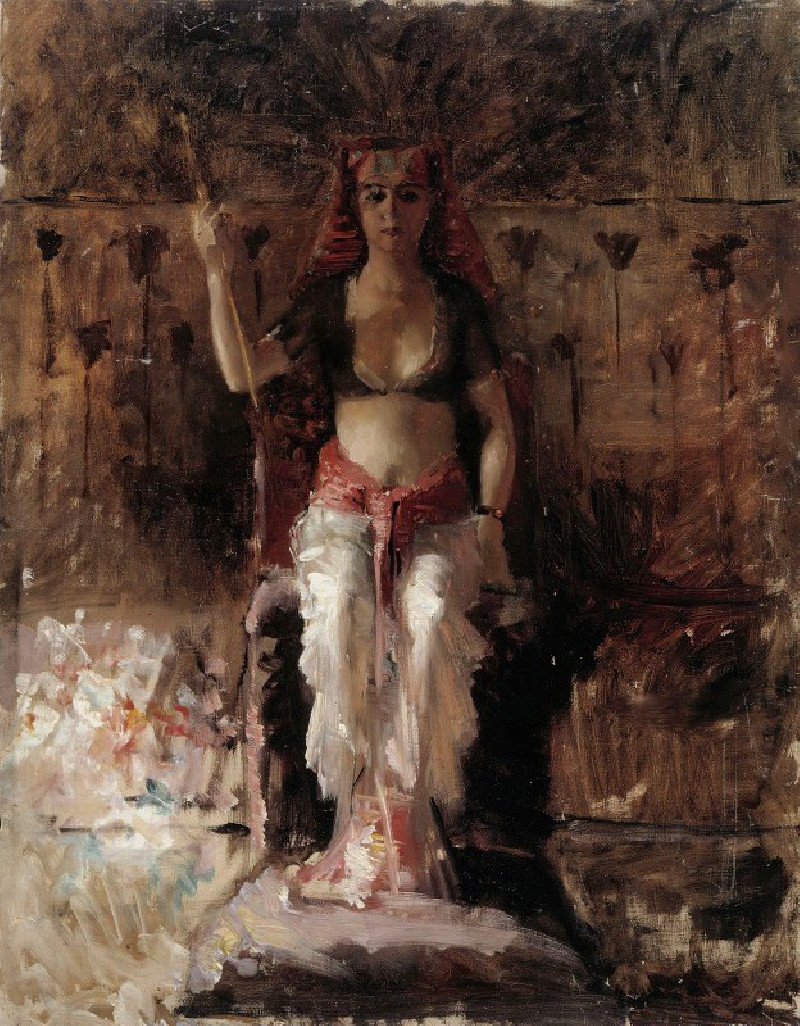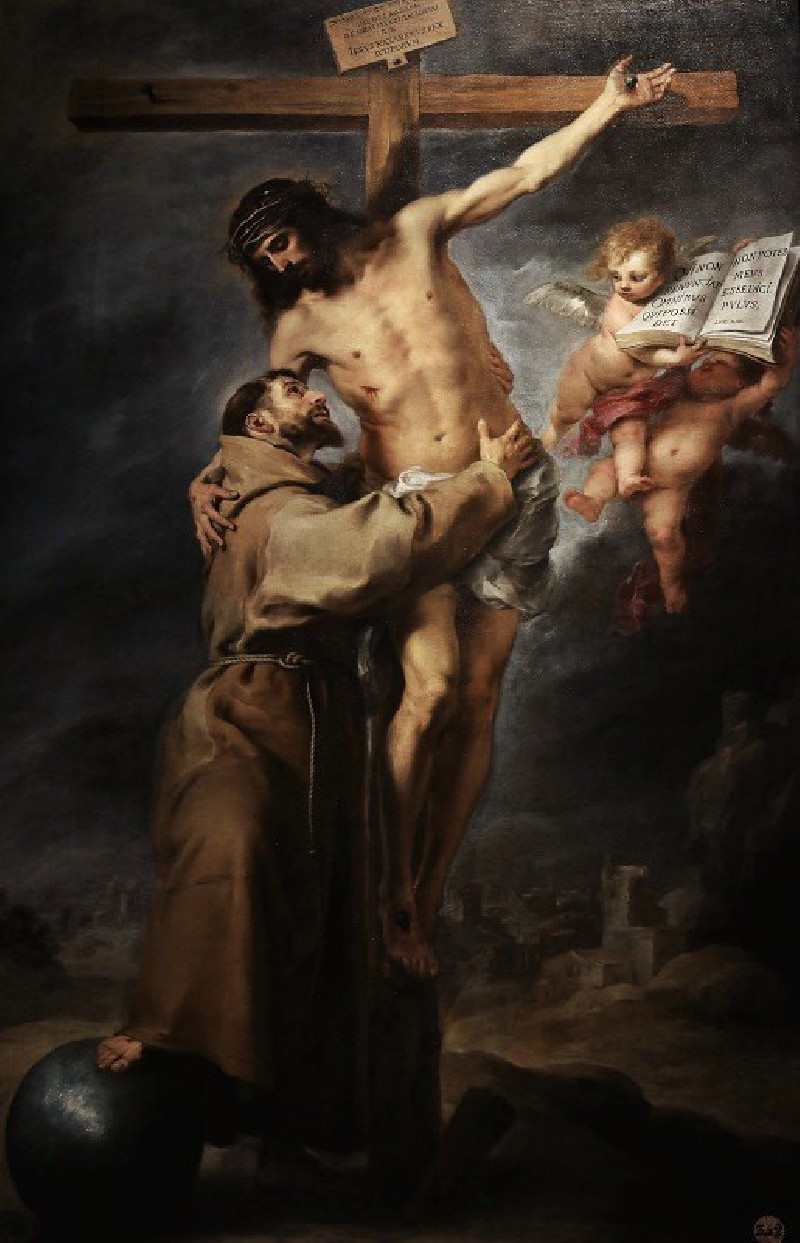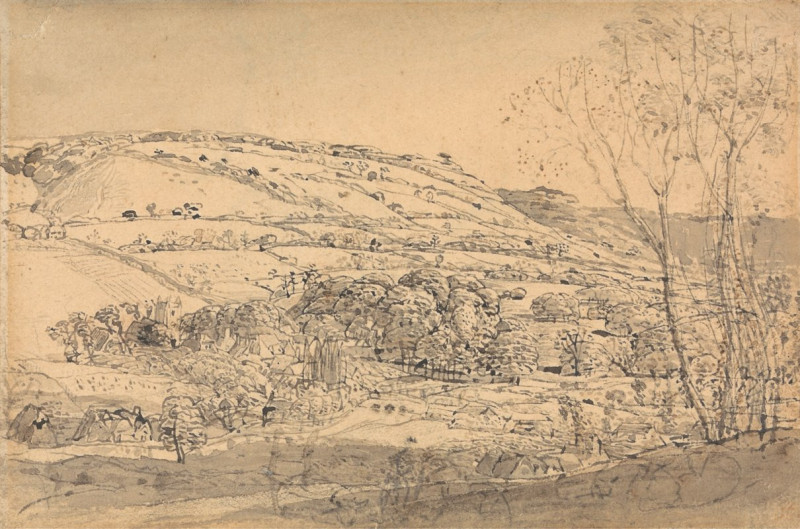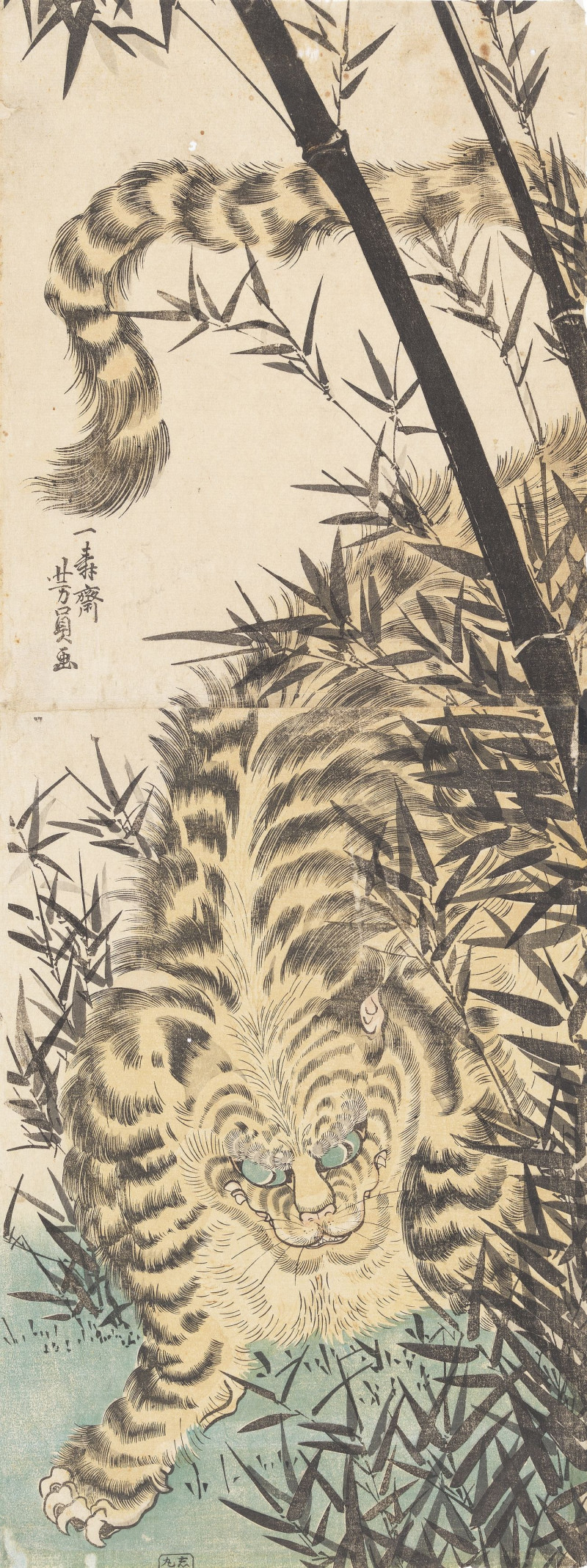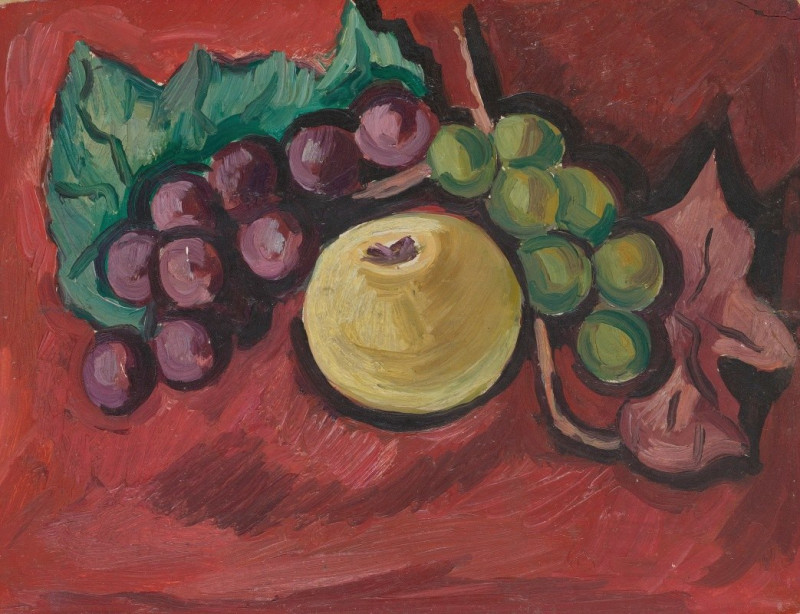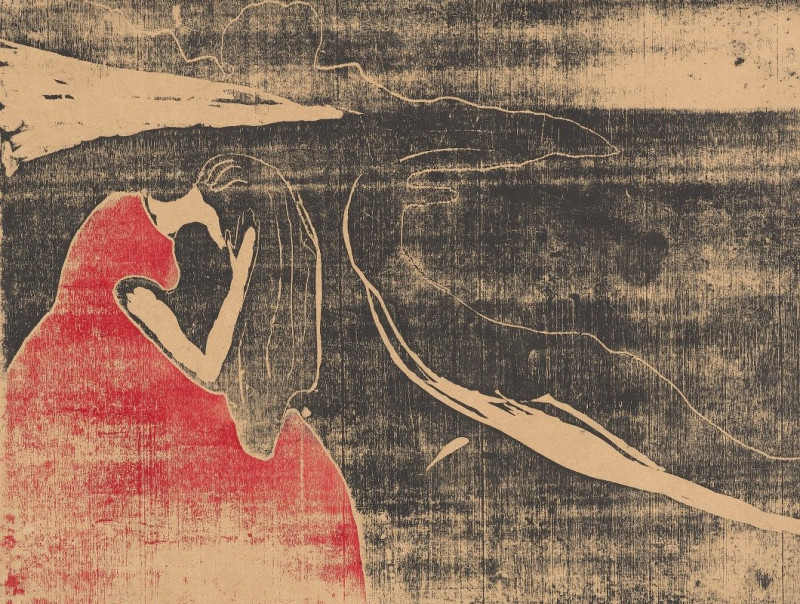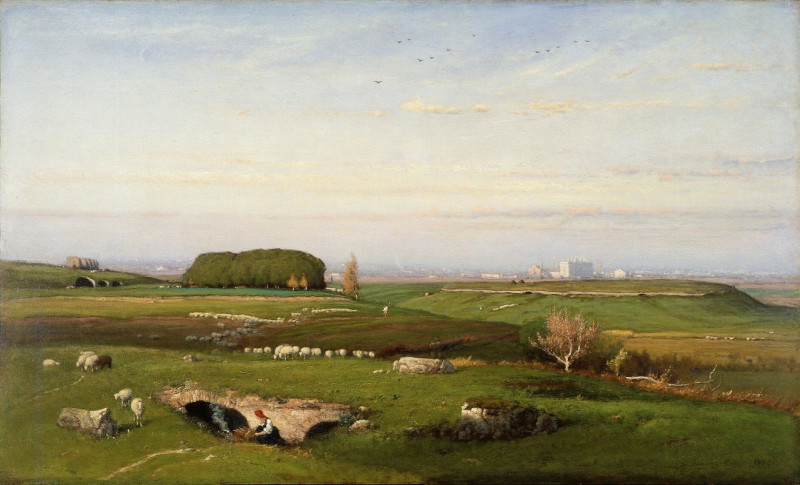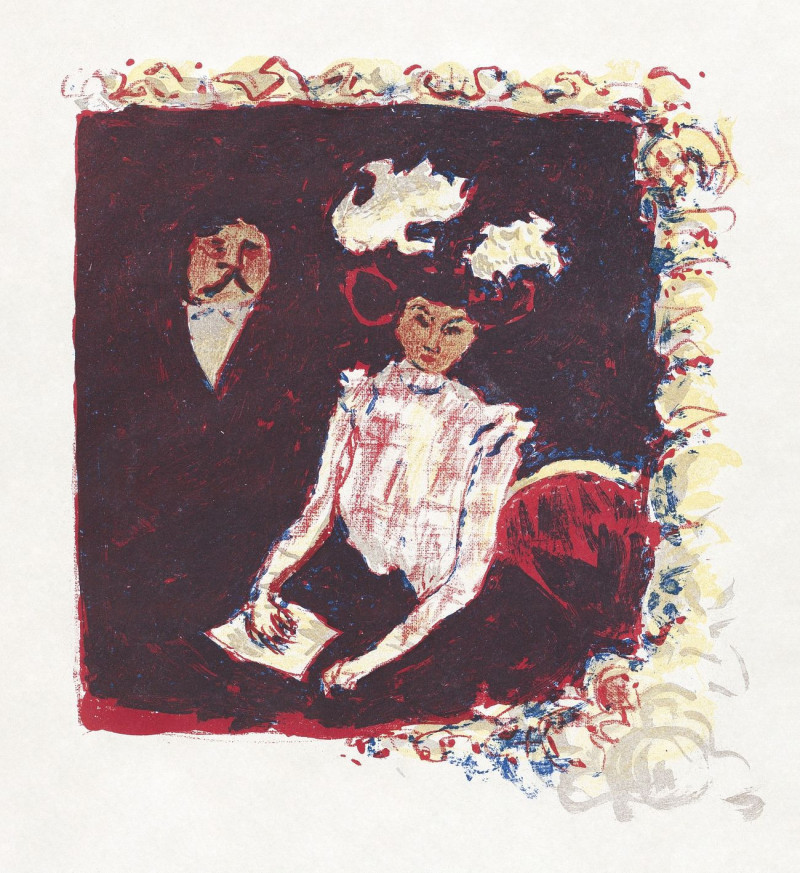Gathering Wood
Technique: Giclée quality print
Recommended by our customers
More about this artwork
Gathering Wood, a subtly evocative painting by the Dutch artist Anton Mauve, epitomizes the harmonious blend of simplicity and depth that characterizes much of his work. In this serene composition, we observe a lone figure and a horse, both engaged in the task of collecting wood. The setting is a modest, tree-lined path that imbues the scene with a sense of quiet, almost meditative isolation.Foremost in the painting stands a pale horse, stoically tethered to a heavily laden cart filled with branches and twine. The horse's calm demeanor and the weight of its burden complement each other, reflecting the enduring relationship between humans and nature. Upon the cart, a figure dressed in blue busies themselves with arranging or perhaps securing the gathered wood, their posture suggesting a moment caught between motion and stillness.The environment around them, characterized by thin trees and spare undergrowth, suggests early spring or late fall, seasons synonymous with renewal and preparation. Mauve's use of muted colors and soft brushstrokes enhances the tranquility of the scene, while the overcast sky adds a touch of solemnity, perhaps hinting at the tough, relentless nature of rural labor.Gathering Wood is more than a mere depiction of rural life; it is a meditation on the rhythms of nature and human existence, the quiet dignity of manual labor, and the understated beauty of the Dutch landscape.
Delivery
Returns
Anthonij "Anton" Rudolf Mauve (18 September 1838 – 5 February 1888) was a Dutch realist painter who was a leading member of the Hague School. He signed his paintings 'A. Mauve' or with a monogrammed 'A.M.'. A master colorist, he was a very significant early influence on his cousin-in-law Vincent van Gogh.
His best-known paintings depict peasants working in the fields. His paintings of flocks of sheep were especially popular with American patrons, so popular that a price differential developed between scenes of "sheep coming" and "sheep going".

